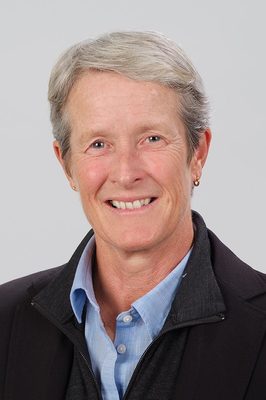The region’s storage levels have dropped below half after Barwon Water left restrictions unchanged at their lowest level as summer began.
In early December Barwon Water managing director Tracey Slatter announced no extra restrictions despite storage levels of 57 per cent, below 72 per cent at the same time in 2017.
The fall below 50 per cent capacity came as Barwon Water unveiled a residential development at Highton in line with the authority’s new “entrepreneurial approach”.
The Victoria’s shadow water minister Steph Ryan demanded Barwon Water focus on its core job.
“Providing safe and affordable water and sewerage services should be Barwon Water’s number one priority,” she said.
Barwon Water executive Kate Sullivan said the three-hectare estate would consist of 30 lots plus two bigger lots for medium density housing at a former water basin.
Ms Sullivan said Barwon Water had yet to price the lots but would use 100 per cent of proceeds “to keep downward pressure on water prices”.
“Cumulus Highton (estate) is one of the ways Barwon Water is adopting an entrepreneurial approach to keeping customers’ water bills down.
“By developing the former water basin ourselves, rather than selling to a developer, we’re maximising the value of our surplus land and passing that on as savings to our customers.”
The Highton estate follows Barwon Water’s launching its $50 million Torquay development, Salt, last year.
Ms Sullivan said agents would auction the first lots at Salt tomorrow.
Both estates feature a 7.5-star energy rating, solar panels, electric car charging and rainwater harvesting.
They represented Barwon Water’s commitment to providing value to customers, spreading “regional prosperity” and a working toward a sustainable future, Ms Sullivan said.
She declined to state the value of the Highton estate or whether Barwon Water planned further forays into residential development.
“We are continuing to assess our landholdings to determine how we can best add value to our assets to benefit our customers,” she said.
This included “exploring options” with Geelong’s council for Barwon Water’s former depot site at South Geelong, she said.
Barwon Water also spent $1.2 million in 2017 to establish an in-house business for maintenance services, after outsourcing the work to a Perth company four years ago.
Meanwhile, Barwon Water’s $42 million recycled-water plant has yet to produce a drop for Torquay and Armstrong Creek homes in five years.
Barwon Water built the plant in 2013 to ensure a “sustainable” supply.
Ms Sullivan said the 4900 homes in the growth areas provided inadequate demand for the plant to run efficiently.
She expected enough homes to switch on supply next summer.
In 2017 Barwon Water made a similar prediction for summer 2018.









